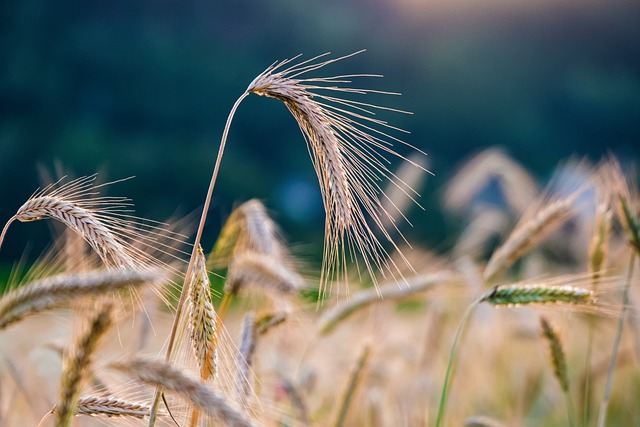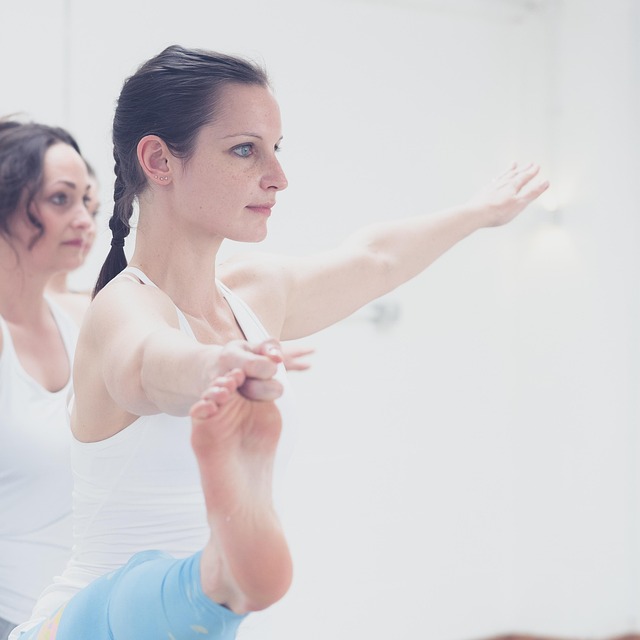When it comes to photography, understanding the intricacies of your gear can take your images from mediocre to stunning. One crucial concept that every photographer must master is the crop factor. This term may seem daunting at first, but grasping it can profoundly influence your photographic journey.
The crop factor refers to the ratio of the sensor size to a standard 35mm film frame. Most digital cameras come with sensors that vary in size, and understanding this measurement is essential for predicting how your camera captures scenes. A crop sensor camera has a smaller field of view compared to a full-frame camera, meaning that it effectively crops” the image and magnifies the subject, providing a different perspective and depth. This makes it particularly beneficial for wildlife and sports photography, where greater distance adds an edge to your captures.
Photography, at its heart, is about capturing moments and emotions. If you’re using a crop sensor camera, your choice of optics becomes crucial. Lenses designed for crop sensors often yield sharper images, resulting in clearer photos that bring your subjects to life. A 50mm lens on a crop sensor camera behaves more like an effective 75mm lens, making it perfect for portraits while retaining a pleasing depth of field. Understanding how the crop factor alters your lens choice can empower you to select gear that complements your style and photographic ambitions.
Consider the implications for exposure too. Lower light conditions can challenge any photographer, but with the right understanding of crop factor, you can position yourself for success. The smaller sensor size requires you to account for the depth of field and exposure settings, allowing you to make thoughtful decisions that enhance your images. By mastering the combination of crop factor, aperture, and shutter speed, you can create remarkable photographs even in the dimmest of environments.
As you explore various photography gear—like tripods, lighting setups, or filters—always keep the crop factor in mind. It shapes the dynamics of your camera and how you interact with the world around you. Each choice, whether it’s a wide-angle lens for landscapes or a telephoto lens for distant subjects, can lead to particular results based on this fundamental concept. A broader understanding of your camera’s crop factor allows you to make purposeful decisions, capturing images that resonate with your personal artistic vision.
In summary, embracing the crop factor is essential for any photographer striving to refine their craft. By familiarizing yourself with the relationship between sensor size and optics, you’ll find a new layer of depth in your photography skills. So, next time you pick up your camera, remember that the power to transform the mundane into the extraordinary lies in mastering the nuances of your gear.



